
The Beauty of Ducks

Ducks are not only fascinating creatures but also possess a unique and captivating aesthetic. Their physical features, vibrant colors, and graceful movements make them a subject of admiration for many. Whether it's their charming waddling or their gentle quacking, ducks have a way of captivating our hearts. In this article, we explore the various aspects of duck aesthetics and why they hold such appeal.
The Vivid Colors of Ducks
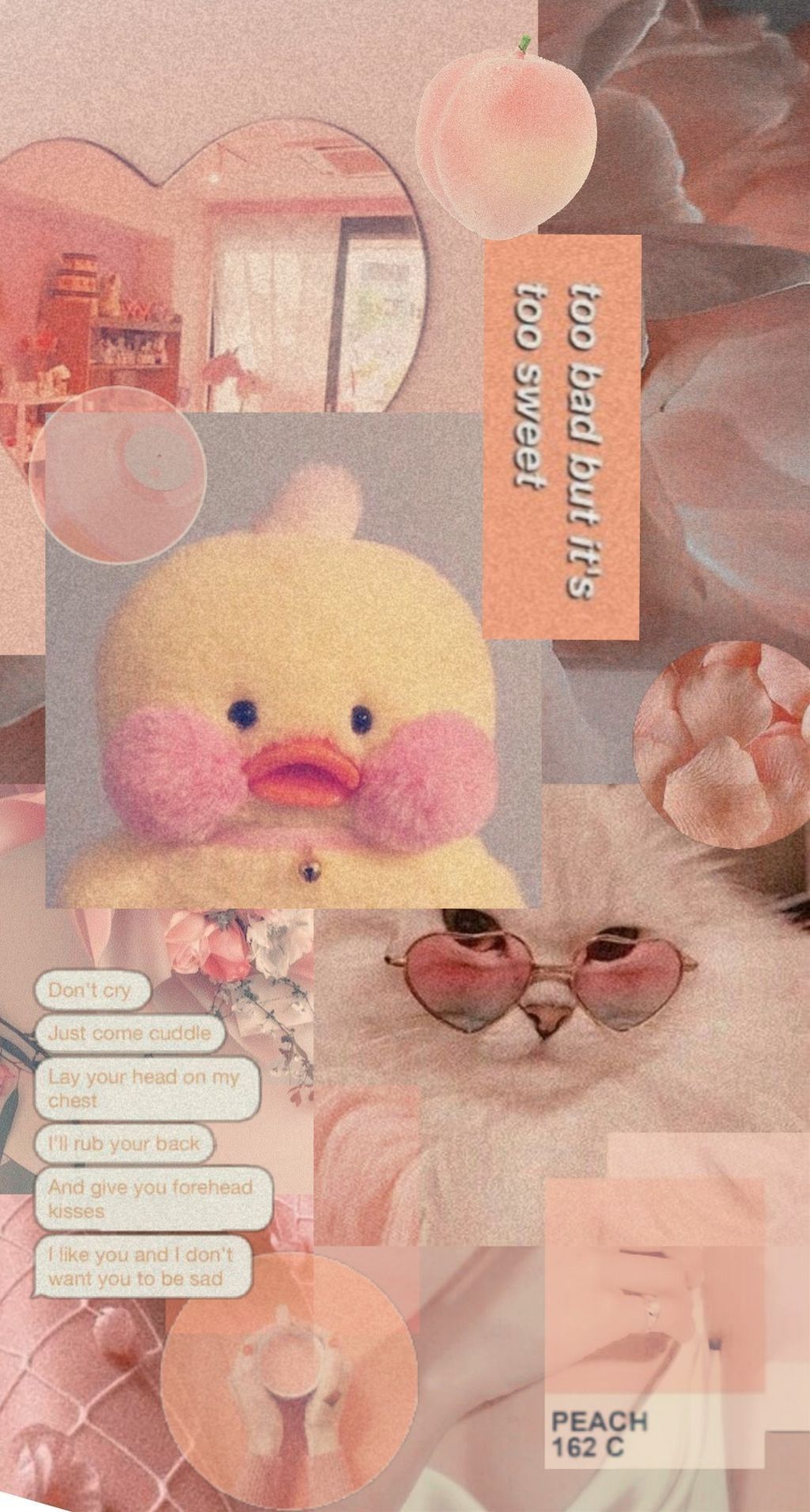
One of the most striking aspects of duck aesthetics is their vivid and diverse colors. From the vibrant Mallard with its green head and yellow bill, to the striking Mandarin duck with its elaborate plumage, ducks come in a wide range of hues. These colors not only serve as a means of attracting mates but also make them a visual delight for onlookers. Their feathers reflect sunlight in a way that adds a touch of magic to any landscape they inhabit.
The Graceful Movements
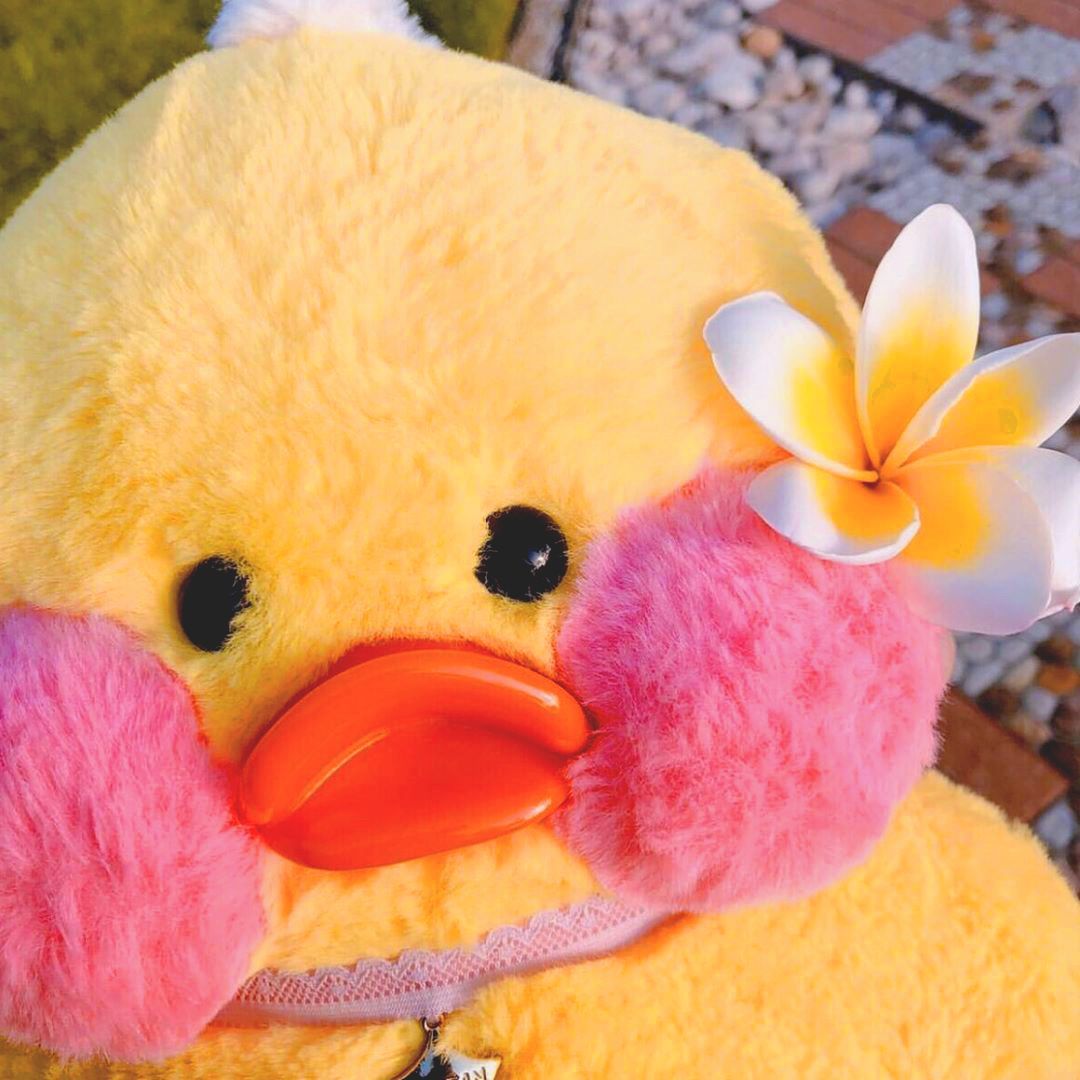
When ducks glide across the water, they do so with an elegance that is unmatched. Their smooth and graceful movements create ripples on the surface, adding a sense of serenity to their surroundings. Whether it's a solitary duck or a flock swimming in unison, their synchronized motion is a sight to behold. The way they effortlessly float and dive beneath the water's surface showcases their mastery of aquatic life.
The Unique Bill Shapes
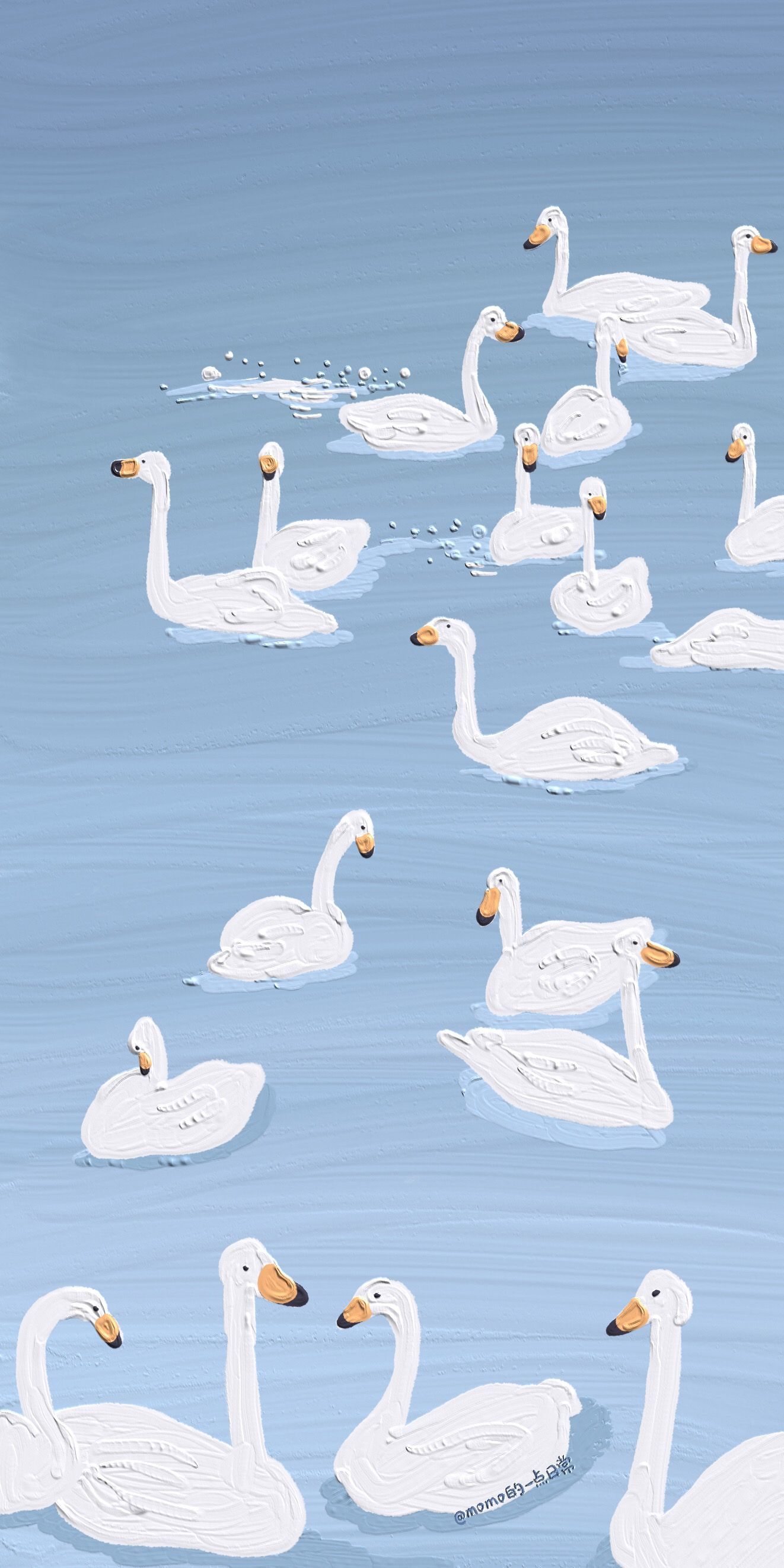
One of the most distinctive features of ducks is their bill, which varies in shape and size across different species. The Mallard duck, for example, has a broad and flat bill, while the Northern Shoveler has a long and spoon-shaped bill. These unique bill shapes not only aid in their feeding habits but also add to their overall aesthetic appeal. The bills often exhibit vibrant colors, making them a focal point of their facial features.
Feather Patterns and Textures

Ducks possess feathers with intricate patterns and textures, further enhancing their aesthetic appeal. From the subtle lines on the body of a Wood Duck to the mesmerizing iridescence of a male Mallard's head, these patterns create a visual spectacle. The unique textures of their feathers help them repel water and stay buoyant, while also adding an extra layer of visual interest.
Adaptable Nature
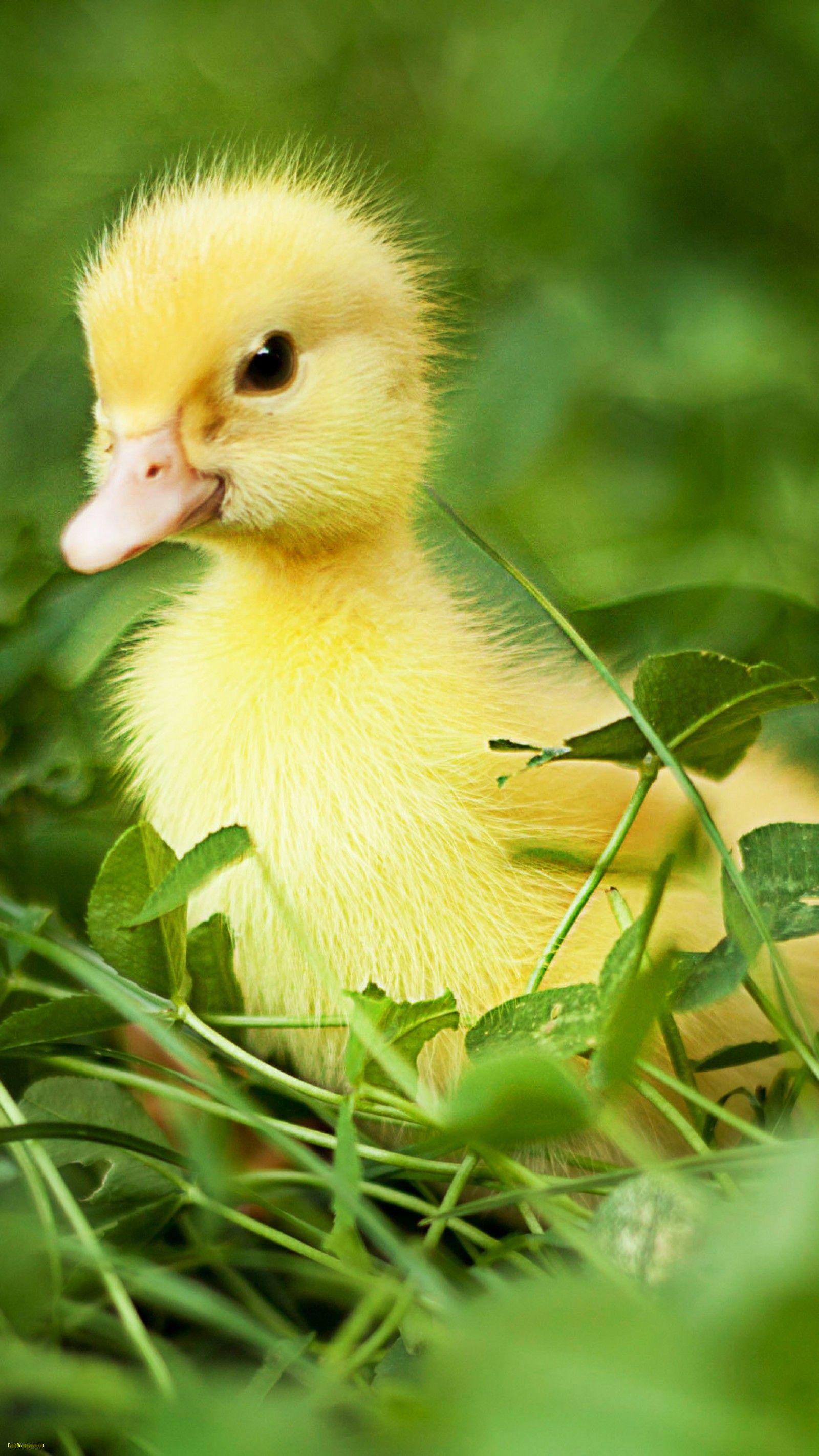
Ducks are known for their adaptability, which adds to their appeal in various environments. Whether they are swimming in tranquil ponds, exploring marshlands, or flying gracefully through the sky, ducks seamlessly blend into their surroundings. Their ability to thrive in diverse habitats showcases their resilience and contributes to their overall aesthetic charm.
The Serenade of Quacks
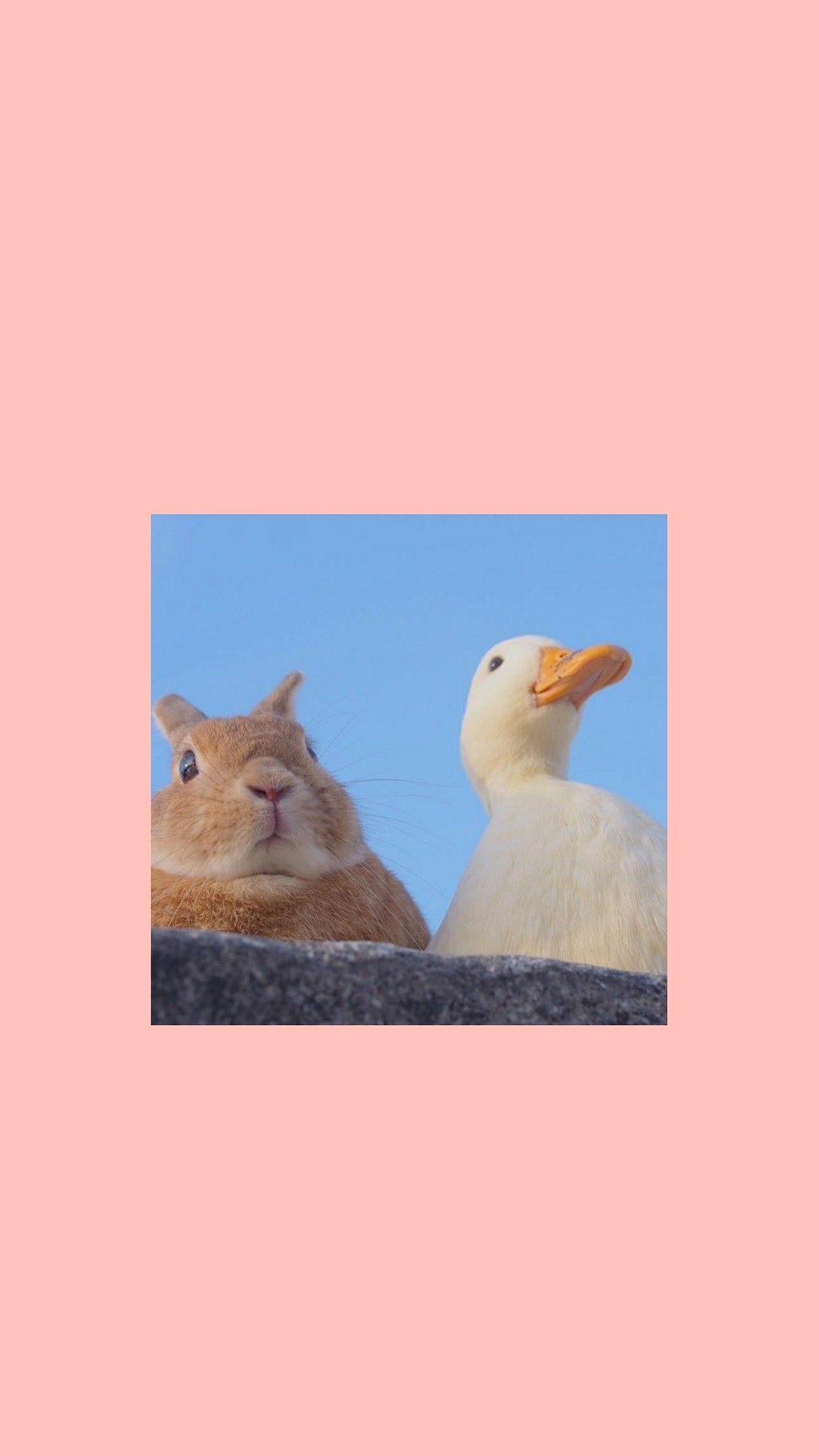
One cannot talk about duck aesthetics without mentioning the unique sound they produce ??? the quack. The gentle quacking of ducks adds a delightful auditory experience to their aesthetic presence. Whether it's the soft quacks of a female calling her ducklings or the loud quacks of a male attracting a mate, their vocalizations are a characteristic part of their appeal.
Ducks as Symbolic Creatures

Throughout history and across various cultures, ducks have held symbolic significance. They have been associated with attributes such as grace, tranquility, and adaptability. In Chinese culture, for instance, the Mandarin duck symbolizes love and fidelity, while in Western culture, ducks are often depicted as a symbol of abundance and prosperity. These symbolic representations further contribute to the enchanting aura of duck aesthetics.
Conclusion
Duck aesthetics encompass a wide range of captivating features that make them a subject of admiration and inspiration. From their vibrant colors and graceful movements to their unique bill shapes and intricate feather patterns, ducks possess a beauty that is both visually appealing and symbolic. Whether observed in their natural habitats or domesticated settings, ducks have an inherent charm that continues to captivate our imagination. So, next time you encounter a duck, take a moment to appreciate their aesthetic magnificence.